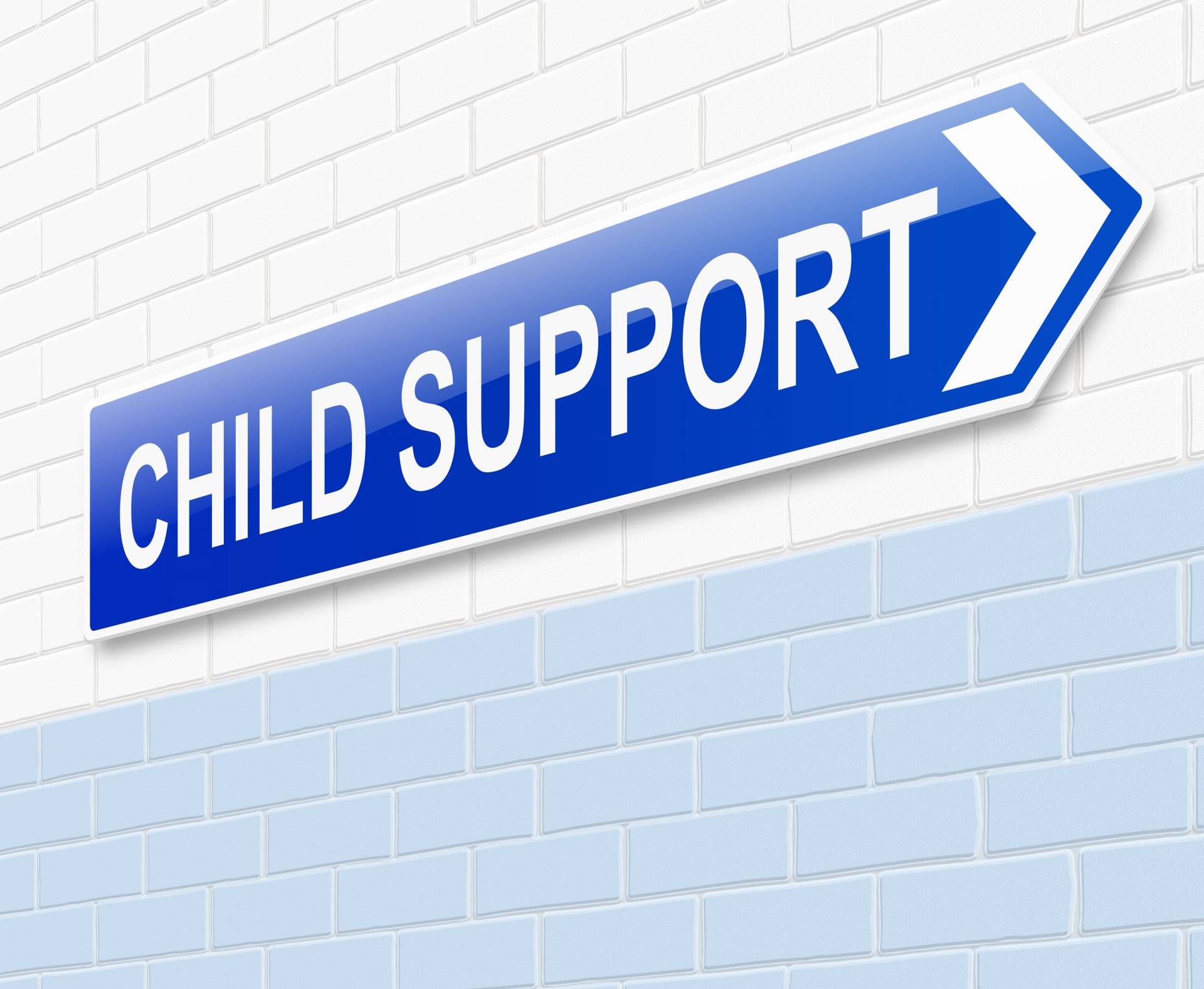
Our California law firm knows the rising rate of divorce among couples over 50 years old has generated a great deal of discussion and concern. While there are demographic factors that can explain the rising number of “gray” divorces, the fact that older couples are divorcing more has a number of implications for all of us. Joan Fradella, a Florida Supreme Court Certified Family Mediator with Divorce thru Mediation, Inc., makes this observation:
“Late life divorce, or gray divorce, can be scary for different reasons than younger divorces. You know that you have given it your best effort, but it may feel more difficult to start over as a newly single person…. The biggest concern is that you now have to split assets that you together worked a lifetime to build. Both parties may have a deep emotional attachment to the marital home because you raised your children there, but it may have to be sold so that you can each afford a suitable home.”
Ms. Fradella adds, “You have to figure out a way to be together at your children’s weddings, and a way to be grandparents together. You cannot expect your children to figure that out for you…. Sometimes, long buried resentments may surface, but it is better to work through that the best you can, be civil to each other, and mediate an amicable divorce, thereby preserving your assets. You still have a lot of living to do, although without each other. Change never feels easy, especially in later years. It is important to remember that many of the changes we have already gone through in life have turned out for the better in the long run.”
If you are divorcing and retiring more or less simultaneously in southern California, there’s no way around it. You’re going to need the insights and services of a good divorce lawyer. Speak first with an experienced Long Beach divorce attorney who will explain your options, guide you through the divorce process, and advocate on behalf of your long-term interests. The following recommendations may also help:
- If you lose half of your retirement savings, some of your retirement goals may be out of reach. Determine what is important and plan a way to finance it.
- Settling the divorce out-of-court lets you control the settlement – rather than the state.
- Learn about Social Security. You may be able to receive Social Security benefits based on your ex-spouse’s employment. This is a smart option for many divorcing spouses.
- Older couples may want to consider legal separation. It costs far less than divorce, and it is usually less stressful and acrimonious, too.
A divorce after fifty can present a variety of challenges, but if you are over fifty and divorcing, you can’t let your healthcare coverage become a problem. Once you know that your marriage will be dissolved, take action to keep your current coverage and look to replace it. If you are worried that the spouse you are divorcing may cancel your employer-provided insurance or fail to continue making payments, tell your attorney, and together you can take steps to retain your coverage.
AFTER A DIVORCE, HOW CAN YOU RETAIN HEALTHCARE COVERAGE?
If you will require private healthcare insurance after the divorce is final, begin the process at once. Take your time to learn and consider the available policy options. The least expensive health insurance is employer-provided, so if you are covered through your job, you are probably in good shape. If your coverage is through your spouse’s employer-provided insurance, you may be entitled to coverage under COBRA, the Consolidated Omnibus Budget Reconciliation Act, explained below. If neither spouse has healthcare coverage through a job, that puts you back to square one, seeking private individual coverage. Individual plans include:
- preferred provider plans (PPOs)
- HMO plans
- less expensive plans with limited hospital and physician access
- plans with no deductibles, no co-pays, and no waiting periods
- umbrella plans that include dental, vision, and prescriptions
- catastrophic plans
- mini-med plans (these offer limited coverage to persons with preexisting conditions)
An individual health insurance plan can be purchased through an insurance company website, an insurance agent, or a purchasing group such as a professional or trade association, a credit union, or an organization like the AARP (American Association of Retired Persons). Even before you search for health insurance in earnest, speak with several agents to learn some options and get some ideas to help you search. Below, some key insurance terms are defined to help you make the best choice:
- Deductible: the amount you must pay before insurance starts reimbursing you.
- Co-pay: the percentage of the split between the policy holder and the insurance company. For example, under some plans, the insurer might pay 75 percent with the policyholder paying 25 percent.
- Covered expense: an expense totally or partially reimbursed by the insurance company. Some policies pay only for a “reasonable and customary charge,” so if the actual amount is higher, the policyholder may have to pay the difference.
Generally, private insurance cannot arbitrarily be cancelled, but it may be legitimately cancelled for any failure to pay the premiums or for any failure to disclose pertinent information about your health or your medical history. It is best to seek non-cancellable, guaranteed renewable healthcare coverage. If you can’t find or afford it, then seek a “conditionally renewable” policy so that you can’t be singled out for cancellation. If a private, individual plan is not right for you, consider the alternatives listed here:
HEALTH SAVINGS ACCOUNTS
With a health savings account that you can open through your bank or through an insurance company, you can make tax-deductible contributions (deposits) up to $3,000 a year (and more if you are over age 55). Your deposited funds may then be used for qualifying medical expenses at any time. However, to be eligible to open a health savings account, you must have a health insurance policy with a high deductible.
COBRA COVERAGE
The Consolidated Omnibus Budget Reconciliation Act (COBRA) is a set of laws that apply if you have healthcare coverage through your spouse’s employer. COBRA offers “qualified beneficiaries” up to 36 months of continuing health insurance coverage after a divorce. COBRA applies to companies with twenty or more employees, unions, and state and local governments. COBRA does not cover federal employees, but they typically enjoy similar benefits. Spouses of military personnel may obtain essentially the same benefits under Tricare.
Your spouse’s employer’s human relations department will know who your COBRA plan administrator is. Contact the plan administrator within 60 days after the divorce is final about your need to have continuing COBRA coverage. You will receive a notice with directions and a deadline for choosing coverage. The first premium is due within 45 days after you select a plan. COBRA coverage ends three years after the date that the divorce becomes final, or:
- if premiums are delinquent
- if the employer stops offering coverage or goes out of business
- if you obtain equivalent group coverage
- if you become eligible for Medicare
HIPAA AND OTHER OPTIONS
In some circumstances, the Health Insurance Portability and Accountability Act of 1996 (HIPAA) lets you purchase individual or group health insurance with no exclusion for a preexisting medical condition. State insurance risk pools offer help to individuals who can afford private health insurance coverage but who have been rejected for private coverage due to a preexisting condition. Medicare is the federal government’s health insurance program for those age 65 and over. Details about Medicare may be obtained from the Social Security Administration.
No divorce is ever easy, but gray divorces do tend to be less acrimonious. Illinois attorney Joshua E. Stern says, “When people get divorced later in life, particularly after a long marriage, I’ve noticed that the parties tend to stick to their private agreements. It’s not uncommon for one spouse to make sacrifices during the marriage, whether to assume more domestic work or to stay in a demanding job to support the family.”
Stern adds, “The spouse who gives up his or her career expects to be financially supported later in life. The spouse who works a demanding job may expect his or her spouse to return to work at some point and assume more of the financial responsibility. When a divorce happens later in life, the parties have operated under their private agreement for some time. They are far more likely to inform their lawyers and the court what their agreement was and what they believe a fair settlement is. I’ve found far less wrangling over spousal support and property division when people are divorced later in life.”
Anita A. Chlipala, a licensed Marriage and Family Therapist and the founder of Relationship Reality 312 cautions that “Disconnection is the culprit for divorce, especially later in life. This shows a failure of the friendship and intimacy in the marriage. Couples need to work on their connection, but they may have focused on the kids, taken their spouse and love for granted, thought marriage shouldn’t take work, etc.”
Rabbi Shlomo Slatkin, MS, LCPC, and Certified Imago Therapist with the Marriage Restoration Project notes that “While there are certain events that can push a marriage over the edge, many couples are successfully able to weather a lousy marriage for a long time.” However, for many today, “weathering a lousy marriage” is no way to live. If you are divorcing in southern California and you are 50 years old or older, an experienced Long Beach divorce attorney can address your concerns regarding retirement and healthcare, help you understand your options, and refer you to the experts and agencies that can provide more of the answers you may need.































